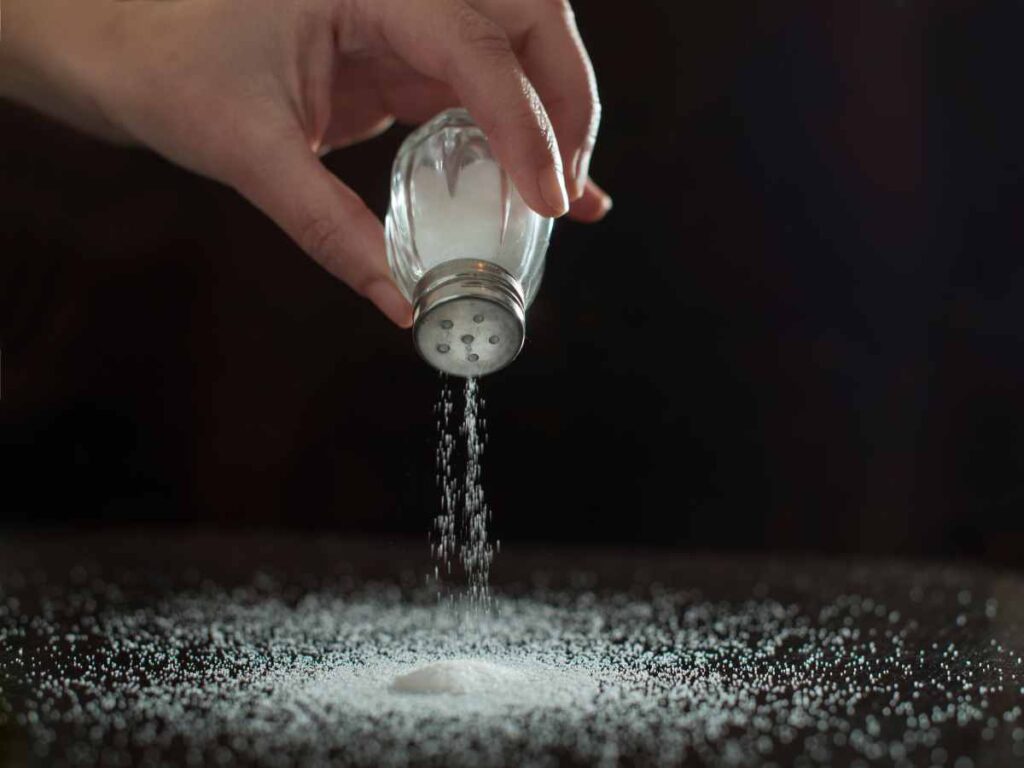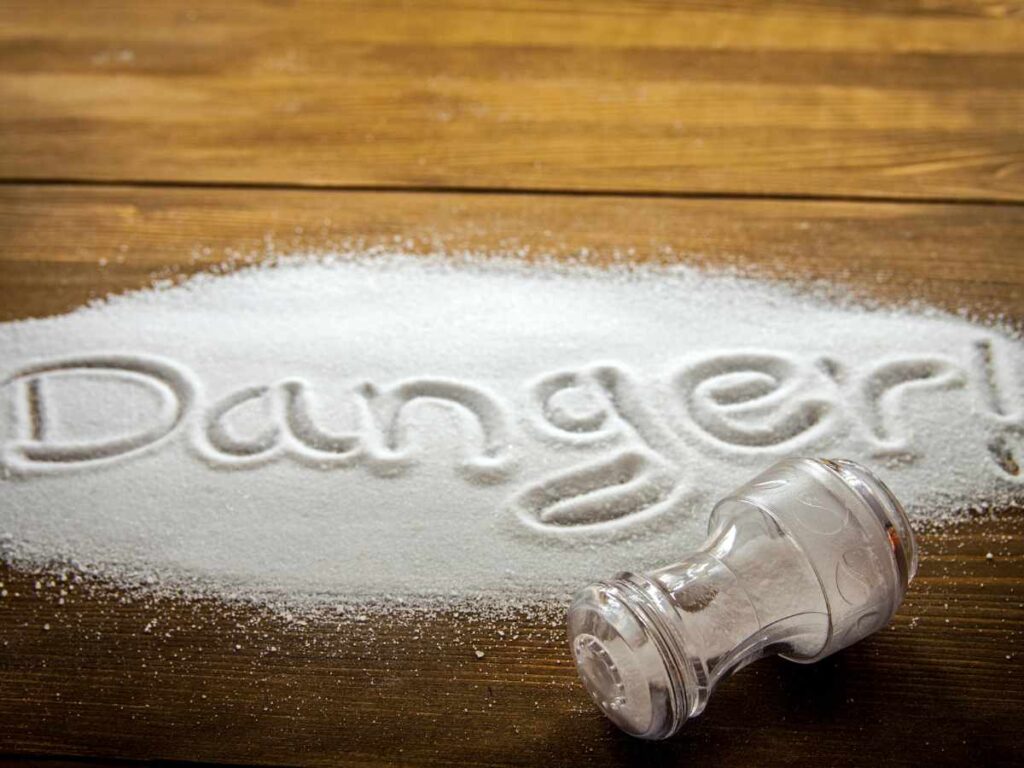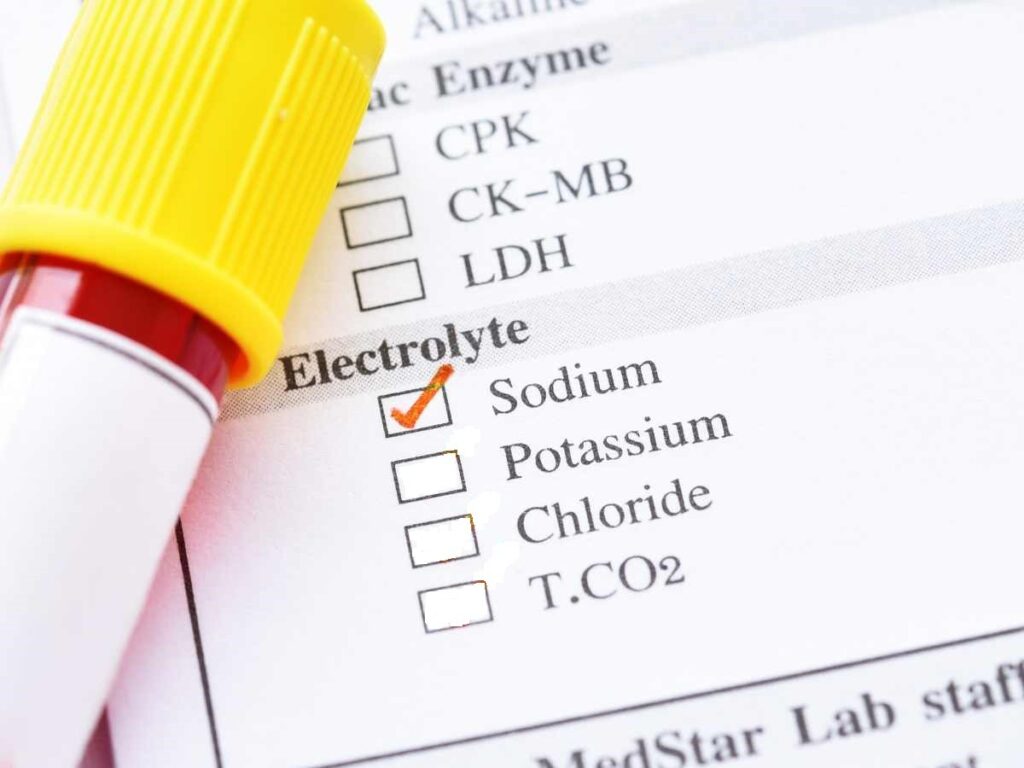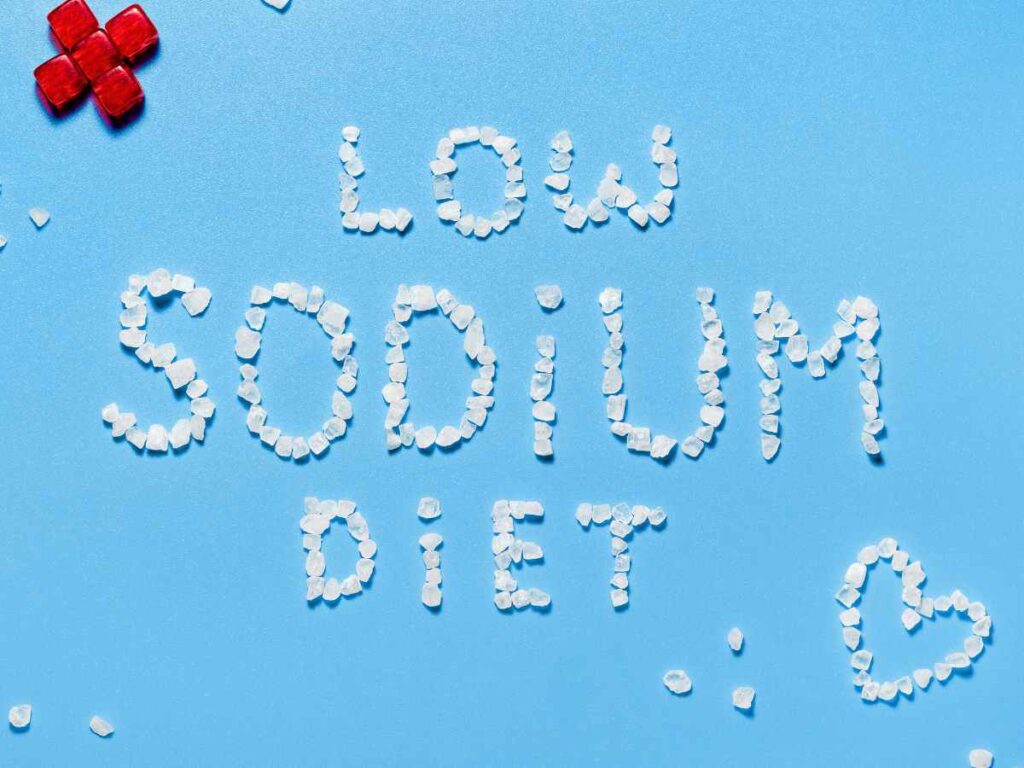Consuming too much salt can be dangerous and even deadly. This article explores how much salt can kill you and what happens with excessive amounts of salt. We know that salt is a common ingredient in most households and is used in cooking and flavoring various dishes. However, our bodies need to function properly, as it helps to regulate blood pressure and maintain the balance of fluids in our cells.

Recommended Daily Sodium Intake
Adults’ recommended daily sodium intake is no more than 2,300 milligrams, roughly equivalent to one teaspoon of salt. However, an average American consumes around 3,400 milligrams of sodium daily.
This excess intake can have severe consequences for our health. This includes an increased risk of high blood pressure, heart disease, stroke, and kidney damage. For example, recent research has found that high sodium is one of the most common reasons for high-pressure causes.
How much salt can kill you?
So, in reality, how much salt can kill you? It depends on various factors, including age, weight, and overall health. However, studies have shown that ingesting around 40 grams of sodium at once can be lethal for adults. This is equivalent to around 8 teaspoons of sodium or two-thirds of a cup.
What happens when you consume too much salt?
When too much sodium is consumed, your body tries to flush it out by retaining water. This can cause a buildup of fluid in your cells. This can lead to hypernatremia, characterized by high levels of sodium in the blood.
Hypernatremia can cause a range of symptoms, including nausea, vomiting, diarrhea, muscle twitching, seizures, and even coma or death.

Symptoms of Hypernatremia
The symptoms of hypernatremia typically appear within a few hours of ingesting too much sodium. Initially, you may experience thirst and a dry mouth as your body tries to compensate for the excess sodium.
You may develop headaches, confusion, and restlessness as the condition progresses. In severe cases, you may experience convulsions or seizures, and your brain may swell, leading to coma or death.
High level of Sodium and Potassium
A high potassium and sodium level in the human body can have a variety of effects and consequences. Let’s take a closer look at each of these electrolytes and how they can affect you.
Effects of High Sodium Levels
Sodium is an essential electrolyte that aids in fluid balance and neuron and muscle function. However, consuming too much sodium can result in a variety of health issues. Here are some of the effects of high levels of sodium in the human body:

- High Blood Pressure: When you take too much salt, your body may retain water. This can cause an increase in blood volume and, as a result, an increase in blood pressure. With high blood pressure, you can get cardiovascular disease, stroke, and other issues.
- Kidney Damage: Excessive sodium intake can damage the kidneys, which filter waste and excess bodily fluids. Over time, high levels of sodium can cause kidney damage, increasing the risk of chronic kidney disease.
- Dehydration: Consuming too much sodium can lead to dehydration. This is because sodium attracts water which causes the body to excrete more water than it takes in. Dehydration can cause symptoms such as fatigue, dizziness, and confusion; in severe cases, it can be life-threatening.
- Increased Risk of Osteoporosis: High sodium intake can increase calcium loss through urine. This leading to a decrease in bone density and an increased risk of osteoporosis.
Effects of High Potassium Levels
Potassium is another essential electrolyte that is necessary for proper nerve and muscle function. However, large quantity of potassium in the body can also cause problems. Here are some of the effects of high levels of potassium in the human body:

- Irregular Heartbeat: High potassium levels can disrupt the electrical signals that control the heartbeat, leading to an irregular heartbeat or arrhythmia. In severe cases, this can be life-threatening.
- Muscle Weakness: Excessive potassium can cause muscle weakness, cramps, and spasms, as it interferes with the normal function of muscles.
- Nausea and Vomiting: High potassium levels can cause nausea, vomiting, and diarrhea as the body tries to rid itself of excess potassium.
- Kidney Damage: High potassium levels can damage the kidneys and interfere with their ability to regulate electrolyte balance in the body.

- Respiratory Failure: In rare cases, extremely high potassium levels can lead to respiratory failure, which is a life-threatening condition.
It’s important to note that high level of sodium and potassium can be hazardous for people with health conditions like as kidney disease or heart failure.
People with these conditions should work closely with their healthcare provider to manage their electrolyte balance and avoid complications.
Systolic Vs Diastolic Pressure
Blood pressure is divided into two components: systolic pressure (pressure in the arteries while the heart beats) and diastolic pressure (pressure in the arteries between heartbeats).

Effects of Salt on Systolic Blood Pressure
Systolic blood pressure is the highest number in a blood pressure reading and measures the pressure in the arteries when the heart contracts.
High systolic blood pressure puts you at risk for heart disease, stroke, and other health issues. Here are some of sodium’s effects on systolic blood pressure:

- Increases Blood Volume: When you take sodium, your body retains water, which increases blood volume and, as a result, systolic blood pressure.
- This is because the heart needs to work harder to pump blood through the arteries, which can raise systolic blood pressure.
- Impairs Arterial Function: High sodium intake can damage the function of the endothelium, or the inner lining of the arteries.
- This can result in decreased artery flexibility and atherosclerosis, which is the hardening and constriction of the arteries. Both of these conditions have the potential to raise systolic blood pressure.
- Increases Risk of Cardiovascular Disease: High systolic blood pressure is a risk factor for cardiovascular illness, which includes heart attacks and strokes. Too much sodium can raise your chances of having these diseases.
Effects of Salt on Diastolic Blood Pressure
Diastolic blood pressure is the lowest value in a blood pressure reading that measures the pressure in the arteries between heartbeats. High diastolic blood pressure is also associated with more risk of heart disease, stroke, and other health issues.
Here are some of sodium’s effects on diastolic blood pressure:
- Increases Fluid Retention: Like with systolic blood pressure, consuming too much sodium can cause fluid retention, increasing diastolic blood pressure.

- Impairs Kidney Function: High salt intake can impair the kidneys’ function, removing excess fluid and waste from the body. This can lead to an increase in diastolic blood pressure.
- Increases Risk of Cardiovascular Disease: High diastolic blood pressure is also associated with an increased risk of cardiovascular illness, including heart attacks and strokes. Too much sodium can raise your chances of having these diseases.
Additionally, consuming salt rapidly can increase the risk of salt poisoning, as it does not allow your body enough time to flush out the excess sodium. This is why it is particularly dangerous to consume large amounts of sodium in a short period of time, such as in a saltwater challenge or in the form of concentrated salt tablets.
Despite the risks of excessive sodium consumption, many people consume far more than is advised. This is primarily due to the widespread availability of processed and packaged foods, which frequently contain high levels of sodium as a preservative and flavor enhancer. In fact, processed foods account for up to 75% of the sodium we ingest, rather than the salt shaker on our dinner tables.
Low Sodium Diet
Suppose you wish to reduce your risk of salt intoxication and other health problems associated with excessive sodium consumption. In that case, you must be aware of the amount of sodium in your diet.

This can be difficult because salt is sometimes disguised in meals we don’t perceive salty, such as bread, cereal, and canned vegetables. There are, however, a number of steps you may take to lower your daily sodium intake:
- Read food labels: Check the sodium content on food labels before purchasing packaged foods.
- Choose fresh foods: Opt for fresh fruits, vegetables, lean meats, and whole grains instead of processed and packaged foods. Fresh foods tend to be lower in sodium and higher in other nutrients.
- Use herbs and spices: Use herbs and spices to flavor your food instead of salt. Experiment with different flavor combinations to find ones that you enjoy.
- Limit your use of salt: Use salt sparingly when cooking, and avoid adding salt to your food at the table. Instead, use other seasonings such as black pepper, garlic powder, or lemon juice.
- Be mindful of restaurant meals: Restaurant meals are often high in sodium, so be sure to ask your server about the sodium content of dishes before ordering.
Conclusion
In conclusion, excessive salt consumption can be dangerous and even deadly, with around 40 grams of salt at once enough to cause hypernatremia and potentially lead to coma or death.
While most people consume far less sodium than this amount, it is still important to be mindful of the salt content in our diets and take steps to reduce our intake.
- How Much Salt Can Kill You - May 8, 2023
- Type 2 Diabetes: Know If You Have - May 3, 2023
